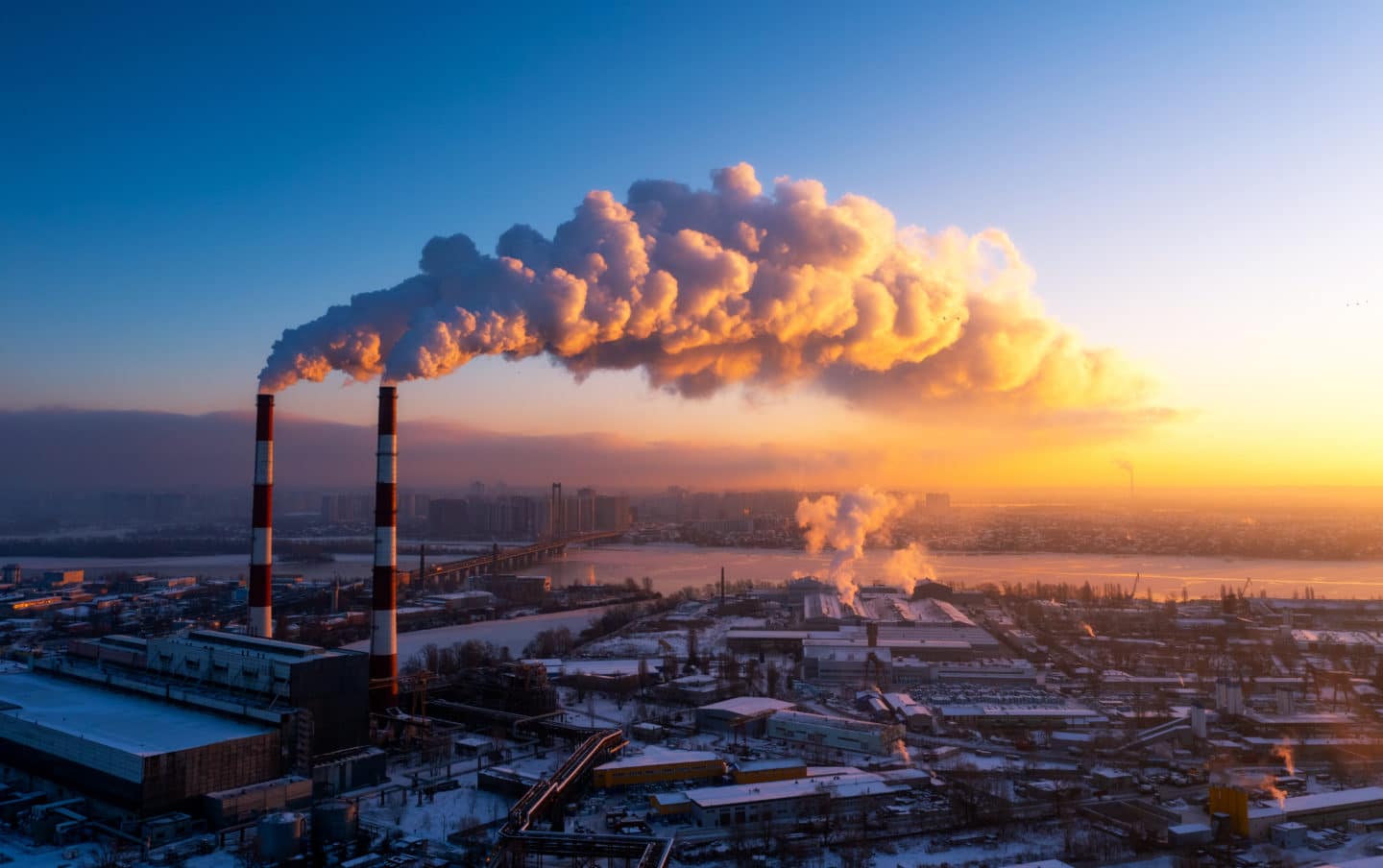Greenhouse gas emissions in agriculture are an ever-pressing concern due to their significant contribution to climate change. As we strive to combat global warming, it is crucial to control the various sources of greenhouse gas emissions in agriculture and implement mitigation strategies to reduce their impact. This blog explores the origins of agricultural emissions, their environmental impacts, and the ongoing efforts to address this critical issue.

Sources of Greenhouse Gas Emissions in Agriculture
Livestock and enteric fermentation contribute 15 % of the total human centric greenhouse gas emissions in agriculture. The digestive systems of farm animals, like cattle, sheep, and goats, produce methane, a potent greenhouse gas. Also, manure management practices can release methane and nitrous oxide, another greenhouse gas with a higher warming potential than carbon dioxide.
Rice cultivation is another significant source of agricultural emissions. Under flooded conditions, rice fields create an anaerobic environment, facilitating methane production. Methane emissions from rice cultivation account for a substantial portion of global agricultural emissions.
The use of synthetic fertilizers in agriculture contributes to nitrous oxide emissions. Nitrous oxide is released when bacteria break down nitrogen-based fertilizers in the soil. Inefficient fertilizer management practices further intensify these emissions.
Agricultural machinery and fuel combustion also contribute to greenhouse gas emissions. Using fossil fuels to power tractors, harvesters, and other machinery releases carbon dioxide into the atmosphere, adding to the agricultural carbon footprint.
Impacts of Greenhouse Gas Emissions on Agriculture
The greenhouse gas emissions and their contribution to climate change is adversely impacting agricultural productivity. Climate change, driven partly by agricultural emissions, leads to more frequent and severe weather events like droughts and floods. These extreme weather conditions disrupt crop growth, endanger livestock, and threaten food production and security.
Furthermore, greenhouse gas emissions contribute to air and water pollution. For instance, methane and nitrous oxide emissions from manure management and fertilizer use can contaminate the air, exacerbating respiratory issues and air quality concerns. Runoff from agricultural fields can carry excess nutrients and pesticides into water bodies, leading to water pollution and harmful algal blooms.
Mitigation Strategies for Reducing Agricultural Emissions
Addressing greenhouse gas emissions in agriculture requires the implementation of effective mitigation strategies. Simple changes in livestock management practices, such as optimizing animal diets and improving waste management systems, can significantly reduce methane emissions. By adopting techniques like anaerobic digestion or composting, farmers can capture methane from manure and convert it into biogas, reducing emissions while generating renewable energy.
Alternative techniques like intermittent flooding or aerobic rice systems can help minimize methane emissions in rice fields. These practices involve periods of dry soil or aerobic conditions that limit methane production.
Precision agriculture techniques, including efficient fertilizer use, can mitigate nitrous oxide emissions. By precisely applying fertilizers in the right amounts, in the precise area and at the correct times, farmers can reduce nitrogen losses and minimize greenhouse gas emissions.
In agricultural operations, shifting towards renewable energy sources, such as solar or wind power, can help reduce emissions from machinery and fuel combustion. Using electric or hybrid machinery can also contribute to a greener and more sustainable agricultural sector.
Collaborative Approaches and Policies
Addressing greenhouse gas emissions in agriculture requires collective efforts from governments, agricultural stakeholders, and international organizations. Global agreements like the Paris Agreement provide a framework for countries to work together towards emission reduction targets. Many nations have developed agricultural policies and incentives to encourage sustainable farming practices and the adoption of climate-smart technologies.
Research and innovation are crucial in finding new solutions to reduce agricultural emissions. Scientists are continuously exploring novel techniques, such as genetic improvements in crops, precision farming technologies, and carbon sequestration methods in agricultural soils, to mitigate greenhouse gas emissions in agriculture further.
Current Statistics and Progression
Present conditions and continued progression underscore the urgency to address greenhouse gas emissions in agriculture. Per the Food and Agriculture Organization (FAO), agriculture, including forestry and other land uses, accounts for approximately 24% of global greenhouse gas emissions. Livestock production alone contributes about 14.5% of global emissions from enteric fermentation and manure management.
However, there has been notable progress in tackling agricultural emissions. Governments and organizations worldwide are increasingly recognizing the importance of addressing agricultural emissions. Many countries have integrated climate change and sustainable agriculture objectives into national policies and strategies. Furthermore, collaborations between researchers, farmers, and farming industries have resulted in sharing best practices, knowledge, and technology transfer to reduce emissions effectively.
It is worth noting that agricultural emissions reduction is a complex challenge, as it requires balancing environmental concerns with food security and sustainable livelihoods for farmers. Transitioning to low-emission practices must be accompanied by support mechanisms, capacity building, and financial incentives for farmers to ensure the viability and resilience of agricultural systems.
Conclusion
Addressing greenhouse gas emissions in agriculture is crucial to mitigate climate change, ensuring food security, and protecting the planet’s resources. Collaborative efforts among governments, agricultural stakeholders, and research institutions are essential to drive innovation, develop supportive policies, and provide the necessary resources for sustainable farming practices. Together, we can significantly protect our planet and secure a better future for future generations.
